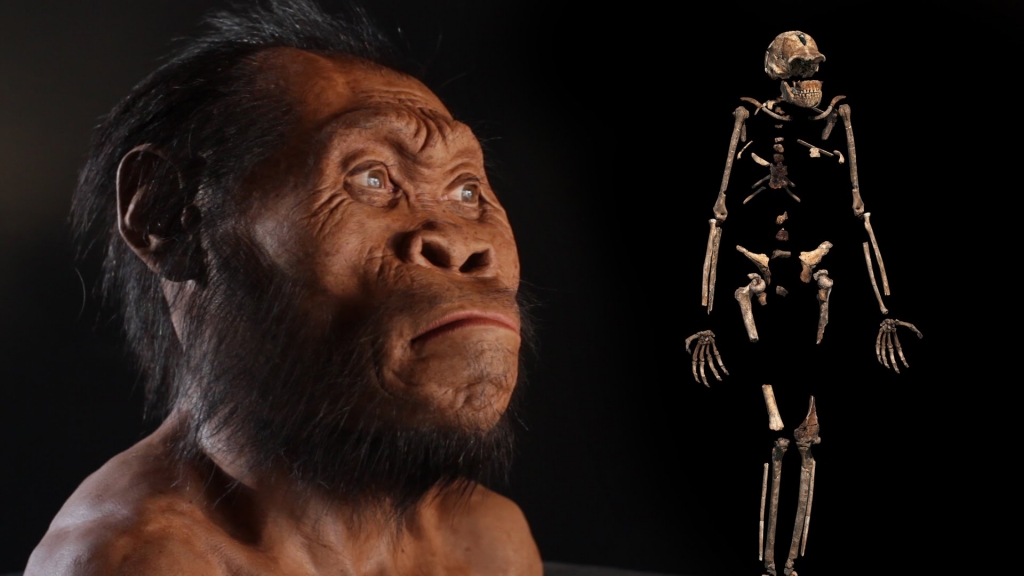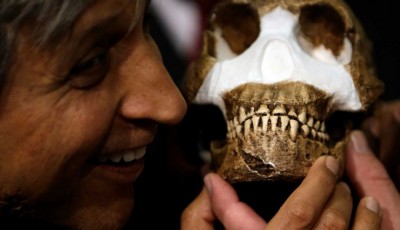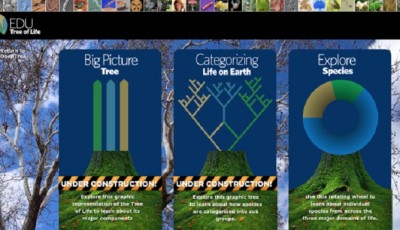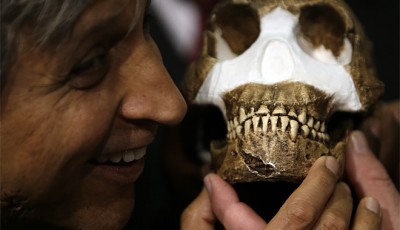New Species of Human Relative Found in South Africa
The team of 35 to 40 scientists was led by Lee Berger, research professor in the Evolutionary Studies Institute at the University of Witwatersrand in South Africa. Their feet were adapted for walking on the ground, but the humanoid’s hands suggest they were also suited for life in the trees, at least partially. Other parts of the skeletons more closely resemble early humans, including a small skull and brain-case, and a uniquely shaped ribcage, shoulders and pelvis.
“We have a new species of Homo, with all of its interesting characteristics”, John Hawks, a University of Wisconsin-Madison paleoanthropologist said.
South African archeologists on Thursday officially announced a “groundbreaking fossil discovery of global importance”.
The discovery may be one of the greatest fossil discoveries in nearly a century and could change our means of understanding human evolution, National Geographic reports. “That has led us to the rather remarkable conclusions that we have just met a new species of human relative that deliberately disposed of its dead inside the chamber in the Cradle of Mankind”, said Berger. We’ve never seen a nonhuman that shares so many primitive and yet sometimes advanced characters. Research shows that on average H. naledi stood about 5 feet tall, weighed nearly 100 pounds and had a small brain.
Scientists also believe that Homo naledi did something else that humans do: buried their dead. Researchers said it would be easy to place naledi if the age of his bones could be determined correctly. “We don’t yet know when they existed or what they were doing or what their social system was like”.
Eric Delson, of Lehman College in New York, estimated that the Homo Naledi belongs to a group of early Homo beings from nearly two million years ago.
“While Homo(naledi) shares aspects of cranial and mandibular morphology with Homohabilis, Homorudolfensis, Homoerectus, MP Homo and Homosapiens, it differs from all of these taxa in its unique combination of derived cranial vault, maxillary, and mandibular morphology”, researchers said.












